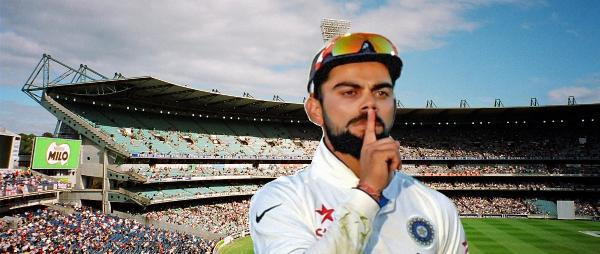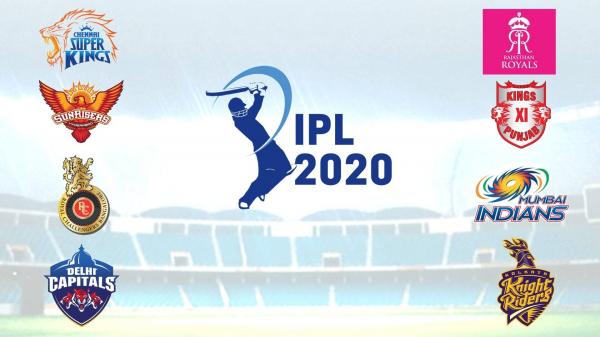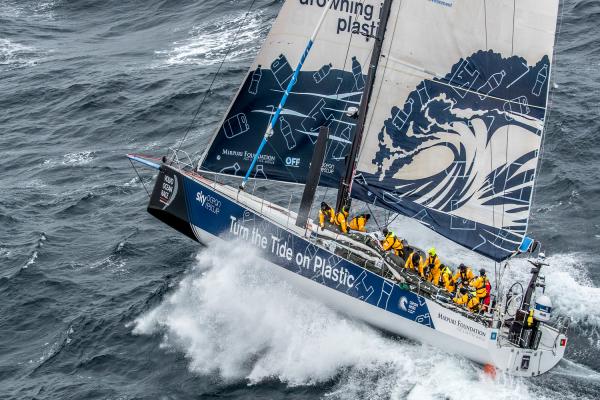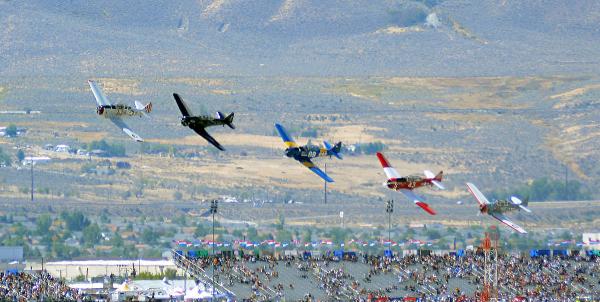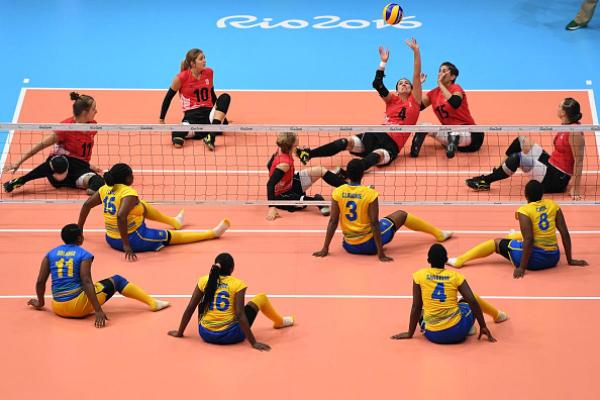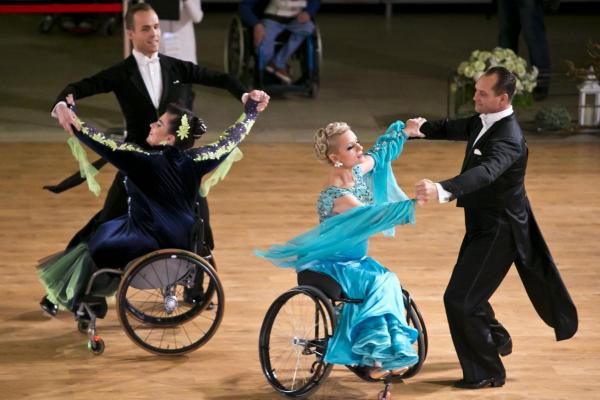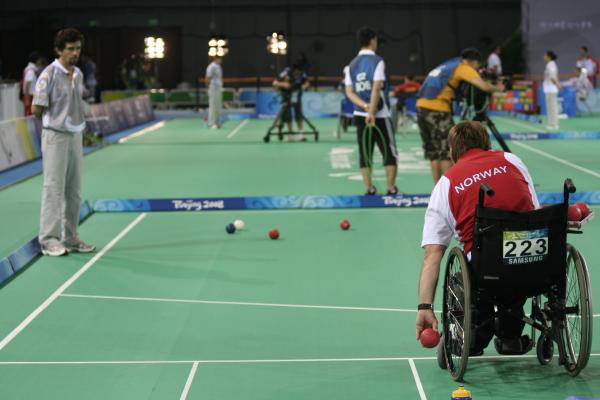Formula One(F1)
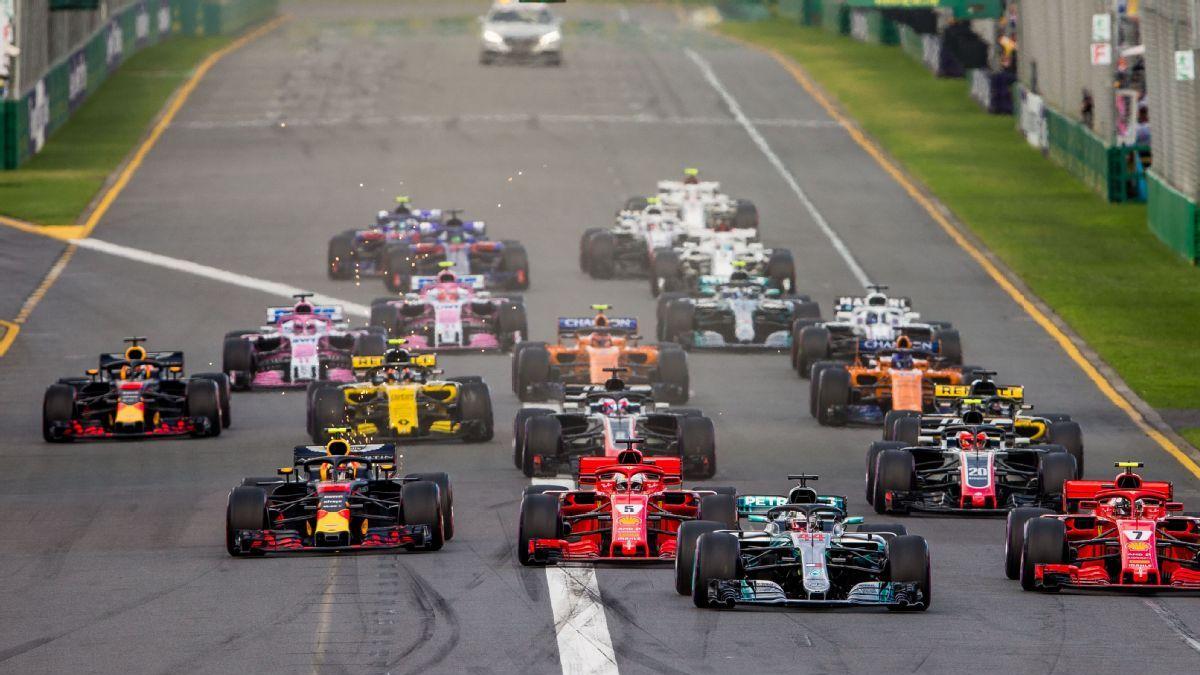
Formula One (also known as Formula 1 or F1) is the highest class of single-seater auto racing sanctioned by the Fédération Internationale de l'Automobile (FIA) and owned by the Formula One Group. The FIA Formula One World Championship has been one of the premier forms of racing around the world since its inaugural season in 1950. The word "formula" in the name refers to the set of rules to which all participants' cars must conform.[1] A Formula One season consists of a series of races, known as Grands Prix (French for 'grand prizes' or 'great prizes'), which take place worldwide on purpose-built circuits and on public roads. The results of each race are evaluated using a points system to determine two annual World Championships: one for drivers, the other for constructors. Drivers must hold valid Super Licences, the highest class of racing licence issued by the FIA.[2] The races must run on tracks graded "1" (formerly "A"), the highest grade-rating issued by the FIA.[2] Most events occur in rural locations on purpose-built tracks, but several events take place on city streets. Formula One cars are the fastest regulated road-course racing cars in the world, owing to very high cornering speeds achieved through the generation of large amounts of aerodynamic downforce. The cars underwent major changes in 2017,[3] allowing wider front and rear wings, and wider tyres, resulting in peak cornering forces near 6.5 lateral g and top speeds of up to approximately 350 km/h (215 mph).[4][5] As of 2019 the hybrid engines are limited in performance to a maximum of 15,000 rpm, the cars are very dependent on electronics and aerodynamics, suspension and tyres. Traction control and other driving aids have been banned since 2008. While Europe is the sport's traditional base, the championship operates globally, with 11 of the 21 races in the 2019 season taking place outside Europe. With the annual cost of running a mid-tier team—designing, building, and maintaining cars, pay, transport—being US$120 million,[6] Formula One has a significant economic and job-creation effect,[7] and its financial and political battles are widely reported. Its high profile and popularity have created a major merchandising environment, which has resulted in large investments from sponsors and budgets (in the hundreds of millions for the constructors). On 23 January 2017 Liberty Media confirmed the completion of the acquisition of Delta Topco, the company that controls Formula One, from private-equity firm CVC Capital Partners for $8 billion. History The Formula One series originated with the European Championship of Grand Prix motor racing (q.v. for pre-1947 history) of the 1920s and 1930s. The formula is a set of rules that all participants' cars must meet. Formula One was a new formula agreed upon after World War II during 1946, with the first non-championship races being held that year. The first one, the first Formula 1 race ever, was the Turin Grand Prix. A number of Grand Prix racing organisations had laid out rules for a world championship before the war, but due to the suspension of racing during the conflict, the World Drivers' Championship was not formalised until 1947. The first world championship race was held at Silverstone, United Kingdom in 1950. A championship for constructors followed in 1958. National championships existed in South Africa and the UK in the 1960s and 1970s. Non-championship Formula One events were held for many years, but due to the increasing cost of competition, the last of these occurred in 1983.[10] On 26 November 2017, Formula One unveiled its new logo, following the 2017 season finale in Abu Dhabi during the Abu Dhabi Grand Prix at Yas Marina Circuit. The new logo replaced F1's iconic 'flying one', which had been the sport's trademark since 1993. Technological developments The first major technological development, Bugatti's re-introduction of mid-engined cars (following Ferdinand Porsche's pioneering Auto Unions of the 1930s), occurred with the Type 251, which was unsuccessful. Australian Jack Brabham, world champion during 1959, 1960, and 1966, soon proved the mid-engined design's superiority. By 1961, all regular competitors had switched to mid-engined cars. The Ferguson P99, a four-wheel drive design, was the last front-engined F1 car to enter a world championship race. It was entered in the 1961 British Grand Prix, the only front-engined car to compete that year.[18] During 1962, Lotus introduced a car with an aluminium-sheet monocoque chassis instead of the traditional space-frame design. This proved to be the greatest technological breakthrough since the introduction of mid-engined cars. During 1968, Lotus painted an Imperial Tobacco livery on their cars, thus introducing sponsorship to the sport.[19][20] Aerodynamic downforce slowly gained importance in car design from the appearance of aerofoils during the late 1960s. During the late 1970s, Lotus introduced ground-effect aerodynamics (previously used on Jim Hall's Chaparral 2J during 1970) that provided enormous downforce and greatly increased cornering speeds. So great were the aerodynamic forces pressing the cars to the track (up to five times the car's weight), extremely stiff springs were needed to maintain a constant ride height, leaving the suspension virtually solid, depending entirely on the tyres for any small amount of cushioning of the car and driver from irregularities of the road surface. Points system 1st 2nd 3rd 4th 5th 6th 7th 8th 9th 10th FL* 25 18 15 12 10 8 6 4 2 1 1 A driver must finish within the top ten to receive a point for setting the fastest lap of the race. In the event that the driver who set the fastest lap finishes outside of the top ten then the point for fastest lap will not be awarded for that race.[63] Various systems for awarding championship points have been used since 1950. The current system, in place since 2010, awards the top ten cars points in the Drivers' and Constructors' Championships, with the winner receiving 25 points. If both cars of a team finish in the points, they both receive Constructors' Championship points. All points won at each race are added up, and the driver and constructor with the most points at the end of the season are crowned World Champions. Regardless of whether a driver stays with the same team throughout the season, or switches teams, all points earned by him count for the Drivers' Championship.[64] A driver must be classified to receive points. To be classified, a driver need not finish the race, but complete at least 90% of the winner's race distance. Therefore, it is possible for a driver to receive points even if they retired before the end of the race. In the event that less than 75% of the race laps are completed by the winner, only half of the points listed in the table are awarded to the drivers and constructors. This has happened on only five occasions in the history of the championship, and it had a notable influence on the final standing of the 1984 season. The last occurrence was at the 2009 Malaysian Grand Prix when the race was called off after 31 laps due to torrential rain
